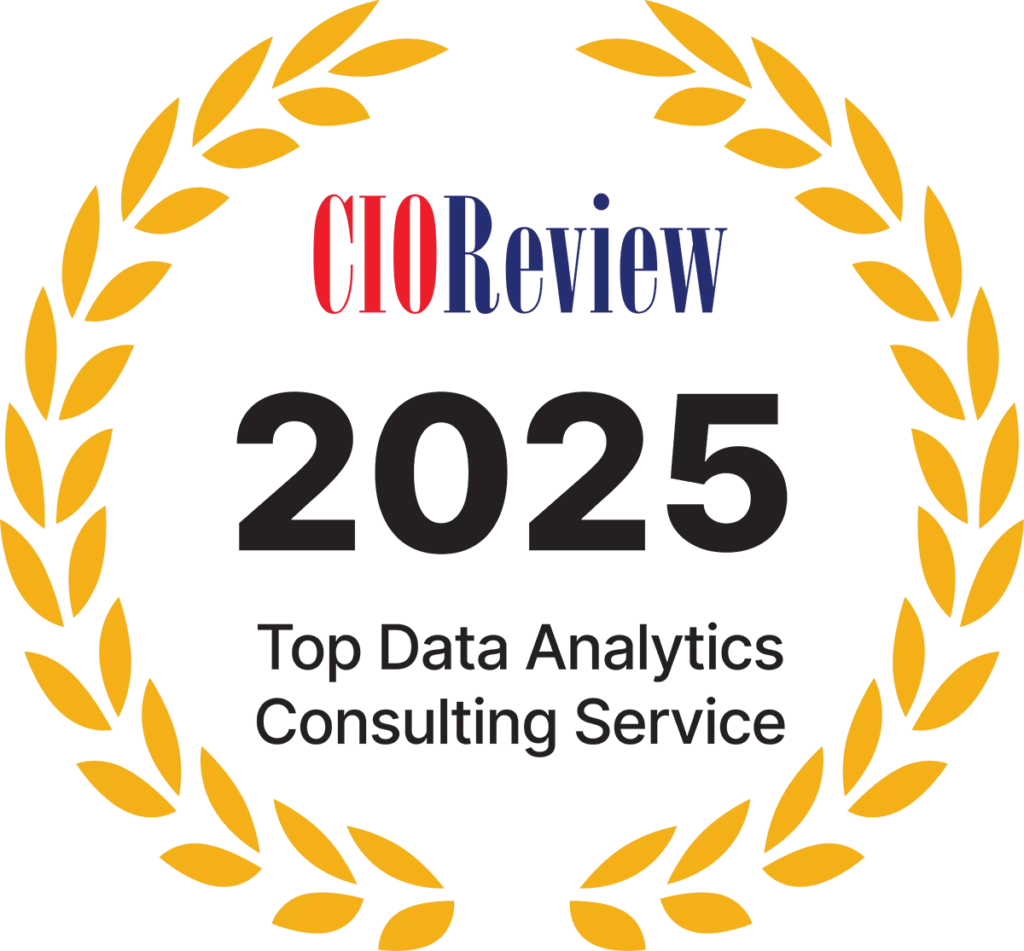Protect Your Business: 5 Essential Data Governance Practices for Mid-market Companies
Posted: May 24, 2023
In a recent blog, we highlighted Master Data Management (MDM): a critical, ongoing process for mid-market organizations to manage their data assets efficiently in support of customer and/or product information.
If you’re looking to develop your MDM internally, your team should be looking at answers for questions like:
- How many customers/products do we have?
- What is the right address for our customer?
- What happens when the customer is acquired, or acquires another?
- Into what product family do we roll these products?
To facilitate this process, implementing an MDM plan is highly beneficial. This plan encompasses business ownership, business and data processes, critical data, tools and technologies that are essential for developing an effective MDM initiative. And the framework that helps manage this process—that’s data governance. Its importance can’t be understated as it ensures the accuracy, consistency, and integrity of data across the organization.
Below, you’ll learn about the key facets of data governance, their importance in an MDM strategy, and how mid-market companies can work with data analytics experts to start a data integrity process to meet company goals and objectives.
How to Establish and Maintain Effective Data Governance
Data governance is how organizations create and maintain a comprehensive framework to manage all of their data and information assets. Data executives must pay close attention to set the framework and foundation to build the “golden record” of data for the entire organization. This incorporates setting up policies and procedures that bring together people, processes, and technology to support data ownership, definitions, requirements, and value. It’s essential for meeting compliance, managing risk, and building success and value in your data strategy.
MDM can only be successful if it is supported by robust data governance policies and procedures. Let’s look at five key areas that matter for strong data governance for mid-market companies:
- Ownership and Stewardship: Delegating responsibility to a team that oversees the overall data requirements, creating and enforcing data quality rules, and resolving data conflicts.
- Quality: Striving to ensure that data is accurate, complete, relevant, consistent and timely – helping to create better decision-making, compliance, and risk management.
- Security and Privacy: Determining appropriate data security controls, such as encryption, access controls, firewalls, and intrusion detection and prevention systems, to protect company and customers’ information.
- Usage and Access: Developing a lock-tight data usage and access strategy to ensure that data is only accessible by those with strict credentials.
- Framework: Creating a data blueprint that covers standards, processes, policies, and procedures for managing data assets by defining roles and responsibilities, establishing data ownership, and ensuring regulatory compliance.
Why Data Governance Matters in MDM
Data governance refers to the management of data availability, usability, integrity, and security. By integrating multiple data sources into what’s known as ‘a single source of truth’, mid-market companies become more effective, as organizational business decisions are all based on the same data. Without this single source of truth, companies will likely waste time figuring out which Customer or Product records are duplicates, have the most correct information, or are parents/children to each other.
Mid-market companies must strive to embed a solid data stewardship structure into their corporate culture. Doing so will yield multiple benefits, including being able to:
Ensure data accuracy and consistency: Data governance policies and procedures help to establish standards for data quality, which ensure that data is accurate and consistent across the organization.
Enhance decision-making: Accurate and consistent data is essential for making informed business decisions. Data management ensures that decision-makers have access to the right data at the right time.
Improve operational efficiency: Data security policies and procedures help to eliminate redundant and inconsistent data, which reduces the time and effort required to manage data.
Ensure compliance: Policies and procedures help to ensure that the organization complies with relevant regulations and industry standards when it comes to strict data management.
What Good Data Governance Looks Like
To understand if your governance strategy is ‘good’, it’s important to identify and monitor key areas. This does not have to be complicated, you can manage and monitor with some basics to get started.
Asking two essential questions helps:
- Is your organization adhering to MDM processes and standards?
- If so, have the data quality scores improved?
You can check this by seeing if there are fewer risk events and less costs around data organization. Assessing current data management processes, and identifying gaps and opportunities for improvement in an organization, is key.
With good data governance, a company can collect, transform, and make data accurate to build the “golden record” for the entire organization. This process doesn’t have to be a complicated or consuming burden on a company. You just need some basic elements to manage, and make decisions about key data assets.
Data Governance Through Acquisition
When a company grows through acquisition, it runs into issues integrating the acquired company’s data. That’s what happened recently with an IT software company that produces software for IT security, asset management, identity management, and supply chain management. The company acquired another firm, found inconsistent customer data across multiple systems and platforms and saw that they had limited ways to identify, manage, or support them.
Using an MDM assessment and roadmap exercise, our team identified multiple business use cases that could add value from Customer integration. We developed the data governance structure, resources, and processes that were required to consistently identify customers through the customer lifecycle.
In addition, we streamlined the pricing and quoting process for near real-time quotes for better customer service and faster turnaround. All of these basic steps offered the IT software company clear ownership and governance of its customer database, with better customer data quality, and an overall increase in customer communication and satisfaction.
Data Governance as a Vertical MDM Solution
Data governance can also factor in an overall MDM strategy by acting as a vertical MDM solution within a large industry. We proved this recently by working with an international pharmaceutical company that wanted to grow through the sales of newly acquired drugs.
Our team helped the company standardize, cleanse and merge over 20 data sources into a cohesive solution that benefited its business intelligence and operational process. The results included a 300% increase in sales; compliance issues resolved; 90% reduction in manual sales/marketing processes, and achieving data integrity and visualization with a ‘single version of the (data) truth’.
With the right data analytics support, your company can benefit with real-time results that help grow the entire organization.
How EA Can Help
For too long, mid-market companies have resisted or ignored the importance of data governance practices for data analytics within an MDM strategy. Now’s the time to make the necessary changes to see positive results.
EA is a data and analytics consulting team that specializes in helping mid-market companies take advantage of new technologies and capitalize on the lessons we’ve learned firsthand from market leaders. Contact us for insights into developing a strong data governance policy in your organization.








